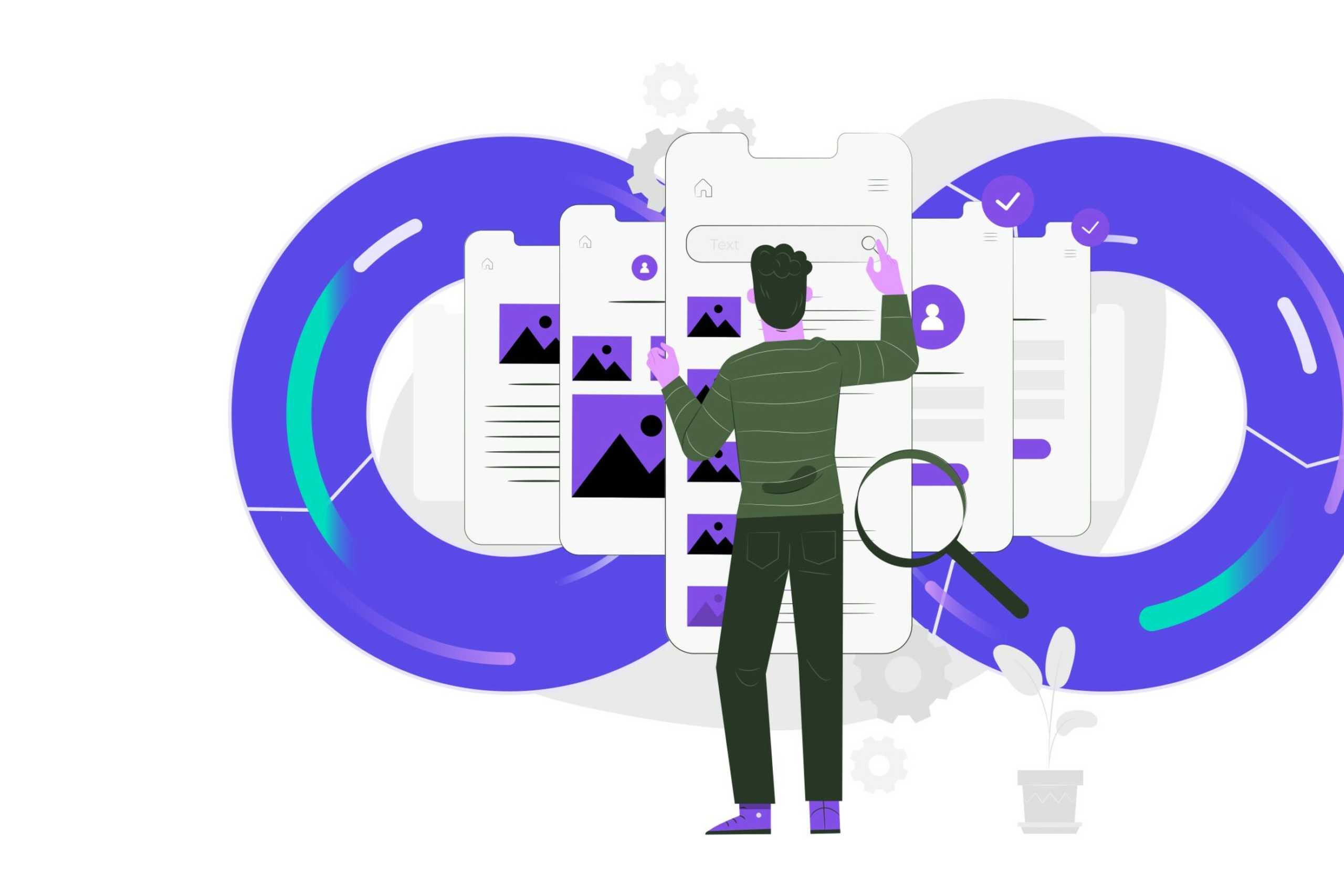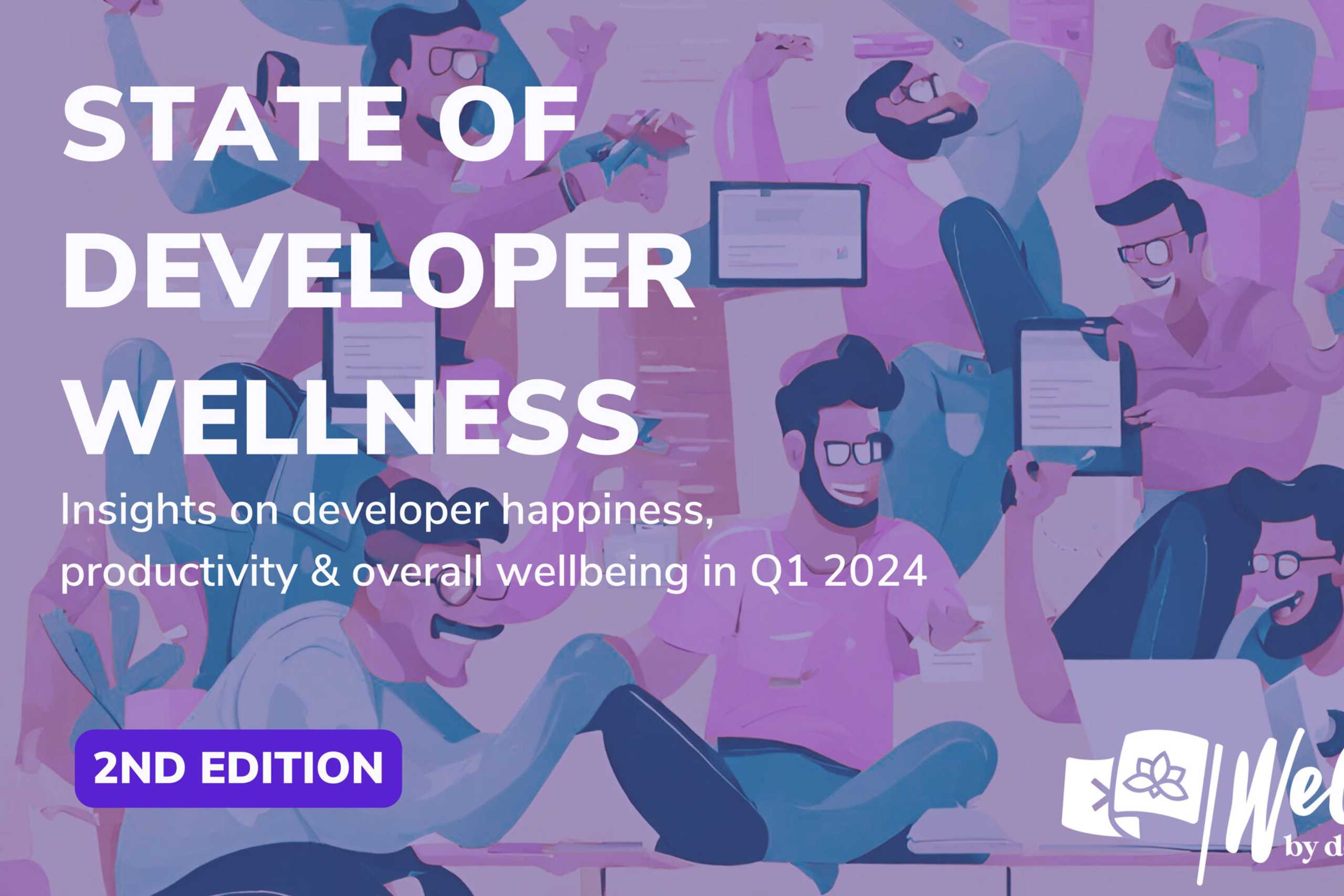
March 25, 2013
On the surface, advertising seems like a fairly simple and easy to implement business model for an app. Decide on some places to display ads, integrate one or more third party ad services and wait for the money to start rolling in. If you do this without a clear plan for how and why users will interact with ads in your app you’ll probably find the revenue disappointing. Optimise revenue by growing your user base, increasing engagement and improving your fill rate (how many of your possible ad slots actually show an ad) and eCPM (effective cost per thousand impressions). The challenge becomes apparent when you try to improve these metrics and find them somewhat opposed to one another. Show too many ads and users either use your app less or abandon it altogether. Make the ads smaller or display them less prominently and your click-through ratio (and hence eCPM) goes down. Show a lot of irrelevant ads (higher fill rate typically has less relevance on average) prominently and users start ignoring all of them by default. Make your ads prominent and they’d better be relevant. If it’s hard to target your audience well then keep the advertising low key and count on volume to make up the revenue. It turns out that getting the right balance is very difficult and not many developers manage it.
Higher eCPM != higher revenue
A very small fraction of developers in our survey managed to achieve truly exceptional eCPM’s, greater than $5, sometimes even more than $10. These developers were almost all making multiples of the average revenue in total but they were also using more than one revenue model. It’s likely that most of their revenue was coming from another source and they showed very few highly relevant ads to get those rates. If we focus on the developers who only used advertising as a revenue model then those with eCPM’s below $0.25 were earning significantly more on average than those with eCPM’s from $0.25-1.50. So, for the majority of developers, those with higher eCPM’s make less money. To add to the confusion, size of active user base is also very weakly correlated with ad revenue; the simple concept of getting more users to make more money from ads doesn’t work on its own either.
Why iOS developers make more with ads
A good illustration of the complexity is to compare iOS and Android developers. As reported by several ad networks, iOS gets a higher eCPM on average than Android. However, our survey data suggests that the difference is all at the very high end. If we exclude the developers with eCPMs over $5, iOS actually has a lower eCPM than Android. For those only monetizing via ads, Android developers had a 37% higher eCPM and while the iOS developers only had 20% larger user bases on average, they earned almost 75% more revenue every month. This suggests that the iOS developers were seeing very much higher engagement with their apps and thus delivering many more ad impressions.
The fallback network fallacy?
There’s some popular advice that in order to maximise ad revenue, developers should use at least two ad networks, one with a high eCPM and low fill rate and another with a lower eCPM but very high fill rate. The theory is that this ensures they get the most relevant targeted ads with the best rates when they’re available but still don’t waste the inventory by filling it with less relevant lower paying ads when they don’t get filled by the premium network. This fallback strategy sounds logical but does it work? There’s some possible support for this in the fact that developers using more than one ad network make slightly more money on average than those who only use one (and 70% of developers purely monetizing through ads only use one network). However, this seems more likely to indicate greater sophistication than successful use of the fallback strategy. The ads from the two different networks are unlikely to fit the same presentation, positioning and format within an app well. There’s some fairly strong evidence against this fallback strategy within our survey data – developers with eCPMs above $5 are excluded from the following sample and so are those earning greater than $50k per app per month in revenue due to the disproportionate effect both tiny minorities have on averages.
Note that 67% of developers using ads selected neither eCPM nor fill rate as reasons for choosing their ad networks and that percentage is mirrored in the group only using ads for monetization. Those that selected one criteria or the other but not both generated slightly higher eCPM than average and significantly higher revenues. Developers trying to maximize both metrics to squeeze the maximum possible revenue out of the advertising space in their apps generated the highest eCPM but did far worse than average on revenues.
Optimise for engagement
This data suggests that developers should pick an appropriate advertising style for their app and try to go for either quality or volume of ads displayed but not both. Considering that the most popular advertising services use a cost-per-click model, the highest eCPMs are likely to simply reflect higher click-through ratios. In many cases the taps on ads may be accidental. Ads getting in the way of the content or usage of an app result in fewer users or lower usage and thus lower revenue. It seems that by far the best way to optimise ad revenue is to build app experiences that people want to spend a lot of time using and make sure the ads don’t spoil them. The extra volume of impressions generated by tens or hundreds of thousands of engaged users will more than make up for lower eCPMs or ad inventory not getting filled.
Contact us
Swan Buildings (1st floor)20 Swan StreetManchester, M4 5JW+441612400603community@developernation.net


